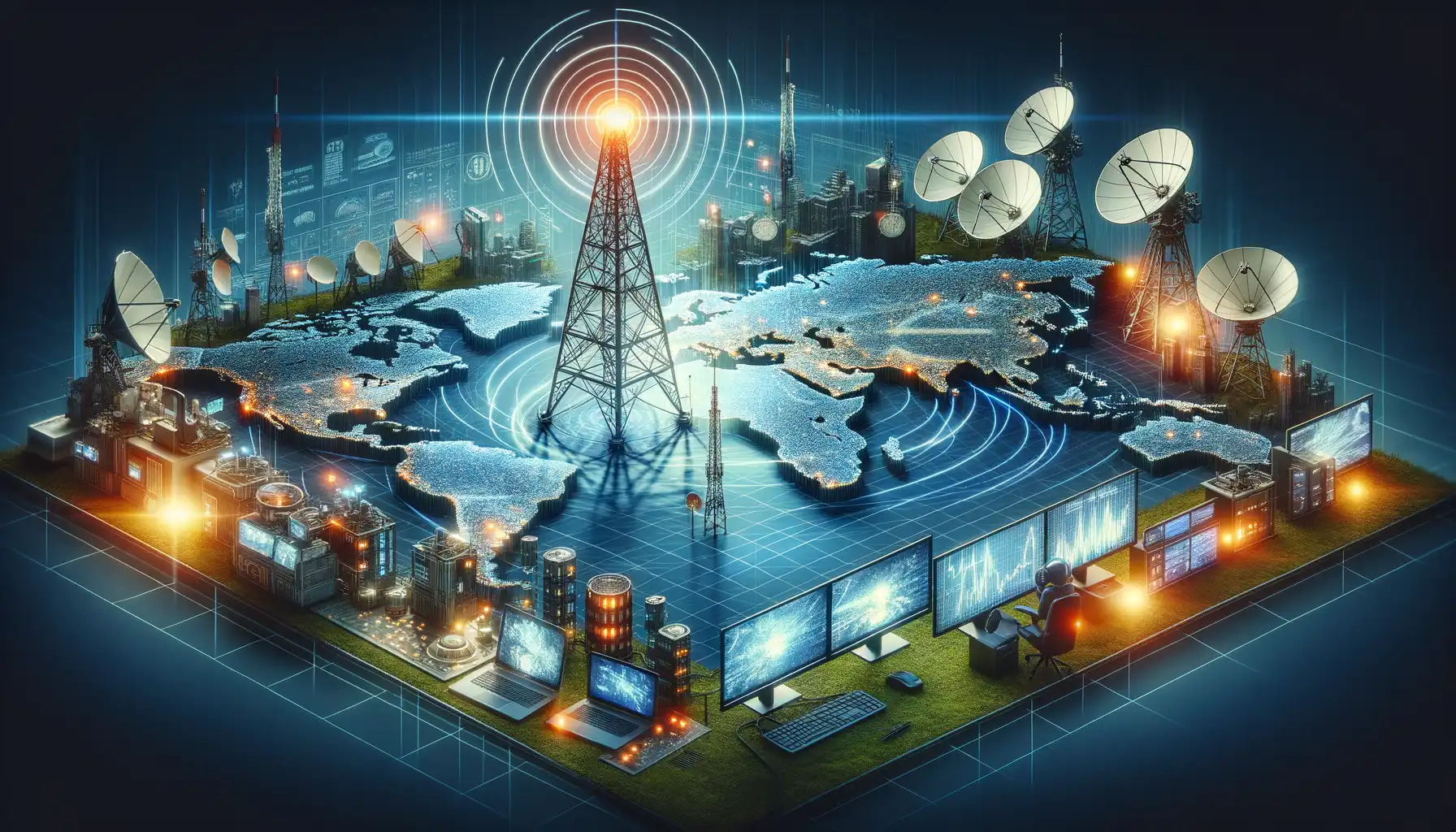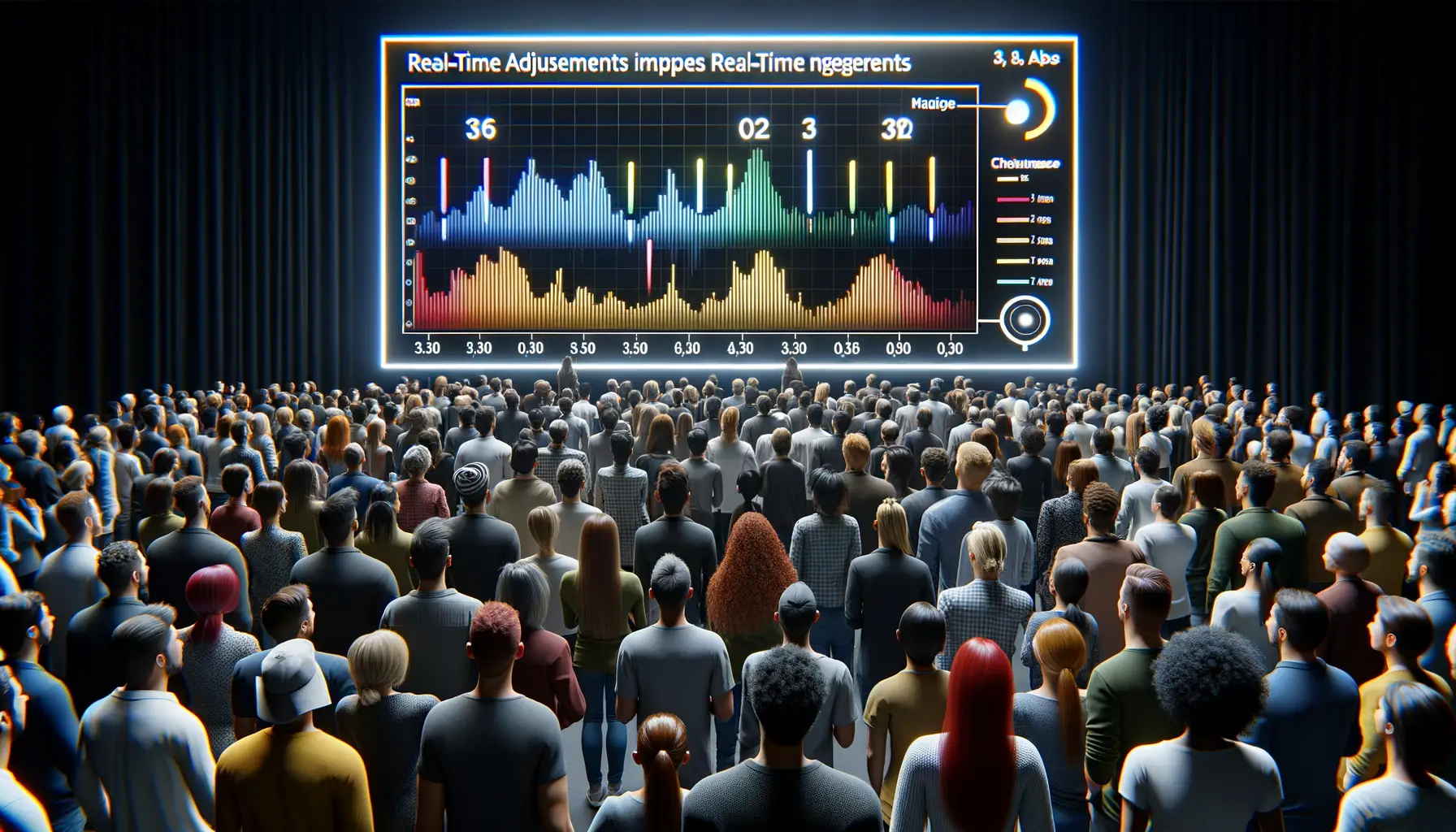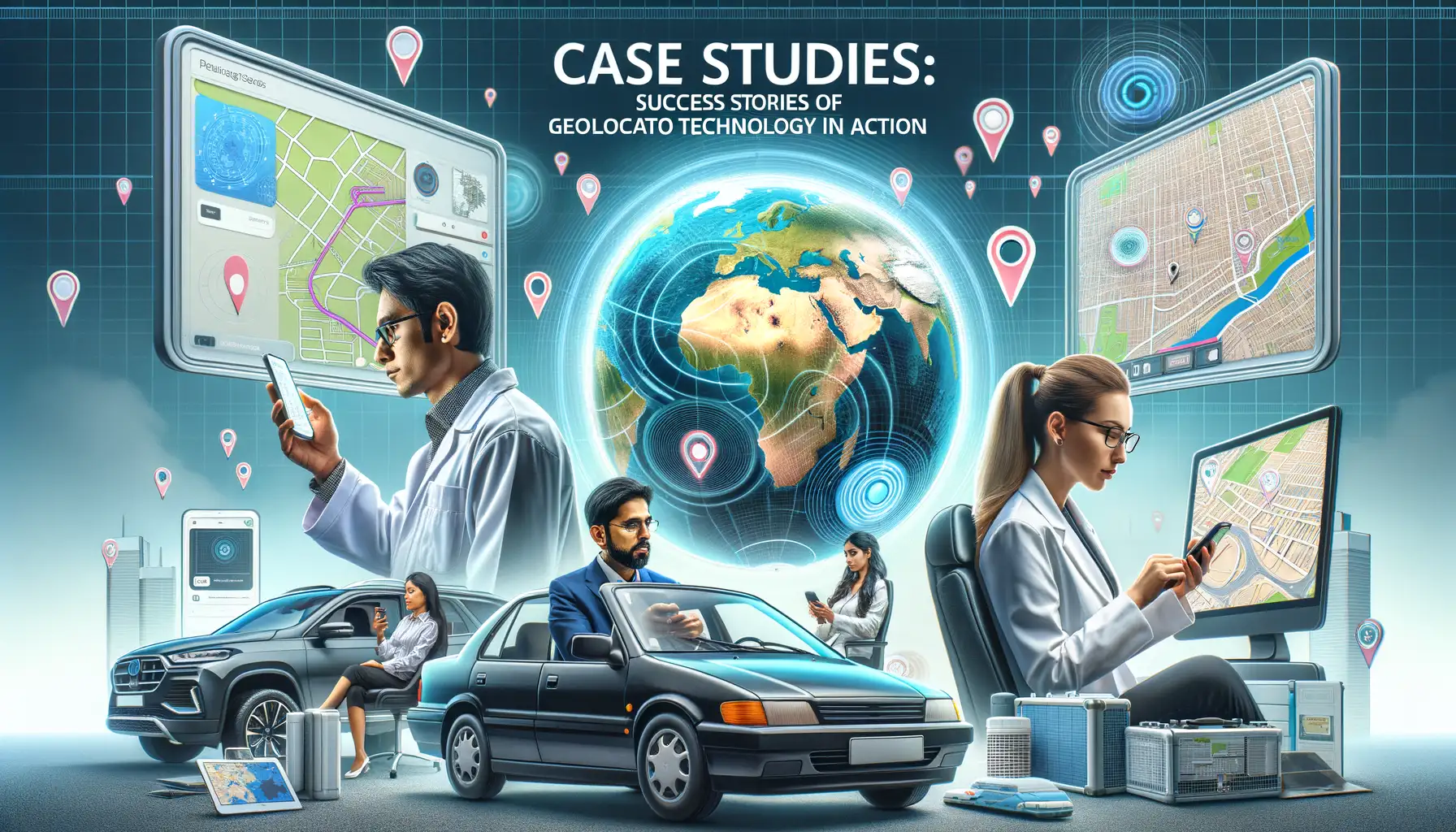Understanding Geolocation and Its Role in Local TV Coverage
How Geolocation Shapes the Way You Watch Local TV
Imagine this: you’re sitting on your cozy couch, flipping through channels, and suddenly your local news pops up with a tailored weather alert just for your neighborhood. How did they know? That’s the magic of geolocation technology, quietly working behind the scenes to make local TV more personal, more relevant, and, frankly, pretty impressive.
At its core, geolocation gathers data about where viewers are tuning in from. But don’t worry—this isn’t some sci-fi spy mission. It’s about ensuring you get information that actually matters to *you*. Here’s how it transforms your viewing experience:
- Hyper-local weather reports: Instead of hearing about a rainstorm 100 miles away, you’ll know if it’s headed straight for your block.
- Community-focused news: From school updates to road closures, geolocation keeps the coverage close to home.
- Event broadcasts: Is your town hosting a parade or festival? Geolocation ensures live coverage hits the right screens.
Thanks to geolocation, local TV becomes less “broadcast to everyone” and more “narrowcast to you.” It’s like having a neighbor handing you the remote, saying, “Here’s what you need to know.” Amazing, isn’t it?
Why Precision Matters in Local Broadcasts
Local broadcasting isn’t just about telling stories—it’s about telling your stories. With geolocation, TV stations can zone in on specific communities, tailoring coverage with pinpoint precision. Take election night, for instance. Rather than lumping together statewide results, geolocation enables stations to provide updates on races in your exact county. Close, intimate, and tuned into your world.
And let’s not overlook real-time sports updates! If your high school football team is making headlines, wouldn’t you want coverage to feel as if it’s meant for your town, instead of getting buried under regional sports chatter? That’s geolocation making the impossible feel effortless.
It’s not just tech—it’s a bridge between broadcasters and their viewers, bringing local TV back to the heart of the community.
Key Geolocation Features Transforming Broadcasting

The Power of Hyper-Local Targeting
Picture this: a viewer in Boston flips on their TV and instantly sees weather alerts tailored to their exact neighborhood, while someone in Chicago gets updates about a nearby festival. That’s the magic of geolocation in broadcasting—it’s like handing every viewer their own personalized megaphone of relevant information.
With hyper-local targeting, broadcasters can align content to precise geographic locations. This isn’t just about towns or cities; we’re talking street-level accuracy. Want to broadcast traffic updates? Pinpoint accidents on specific highways and offer alternate routes. Covering sports? Push stories that focus on local teams your viewers actually cheer for.
- Neighborhood-specific weather forecasts
- Geo-targeted breaking news alerts
- Localized commercials tailored for maximum resonance
Seamless Viewer Engagement Through Interactivity
Geolocation doesn’t stop at pushing content—it pulls viewers into the action. Imagine broadcasting a story about a community event and allowing viewers in that ZIP code to submit live reactions or even participate in polls. This isn’t broadcasting anymore; it’s a dynamic, two-way conversation.
Consider election night coverage, where interactive maps let people zoom into their districts for real-time results. Or severe weather broadcasts, where alerts include evacuation routes mapped directly from the viewer’s current location. With geolocation-powered interactivity, broadcasters are no longer distant narrators but virtual neighbors, standing shoulder to shoulder with their audience.
The Impact of Real-Time Adjustments on Viewer Engagement

Real-Time Tweaks That Resonate with Audiences
Picture this: you’re watching the evening news, and suddenly a weather alert pops up tailored specifically to your neighborhood. That’s the magic of geolocation combined with real-time adjustments—it feels intimate, almost as if the station’s producers are looking out for *you*. These quick pivots can dramatically elevate viewer engagement, turning one-time viewers into loyal followers.
Why? Because people crave relevance. Imagine you’re tuning in during a local event, and—boom—the coverage seamlessly shifts to focus on traffic detours and parking updates in your city. It’s like getting a personal backstage pass to what matters most in your community.
These micro-adjustments go beyond grabbing attention—they build trust, too. When viewers feel their lives reflected in the broadcast, they stick around.
Moments That Matter Most: Localized Drama in Real Time
Think about breaking news. A wildfire rages just 15 miles from your home. Channels using geolocation aren’t covering some far-off blaze; they’re zooming in on *your street*, featuring evacuation routes and safety tips for families like yours.
The result? Viewers stop flipping channels. They feel seen, understood, and connected. That emotional spark? It’s priceless.
Case Studies: Success Stories of Geolocation Technology in Action

Bringing Storm Stories to Life with Geolocation
Imagine you’re watching your local TV station as a thunderstorm brews outside. Suddenly, the meteorologist zooms in—right on *your* neighborhood. That’s not movie magic; it’s the power of geolocation technology stepping into the spotlight. One station in the Midwest used this feature during a tornado warning, tailoring updates for specific streets and districts. Viewers didn’t just feel informed—they felt *seen* and *protected*.
For broadcasters, this isn’t just data. It’s a direct line to the heart of their audience. By focusing coverage down to individual zip codes or even intersections, local news stations have created moments where viewers sit up and say, “Hey, they’re talking about us right now.” The result? A flood of real-time engagement through tweets, posts, and calls saying, “Thanks for literally saving the day!”
Transforming Sports Nights into Adventures
Geolocation isn’t just about emergencies—it thrives in joy-filled moments too. Consider a regional broadcaster covering high school football games. With geotargeted features, highlights can instantly be directed to fans based on where they live:
- The game-winning touchdown replay goes to families in the home team’s town.
- Schedules and player interviews reach viewers who live just minutes from the stadium.
Fans don’t just cheer—they reply back with pride, tagging their teams on social media and sharing clips faster than you can yell “Go, Eagles!” These small but mighty touches turn passive watchers into actively engaged communities.
Future Trends in Geolocation for Local Broadcasting

Diving into Hyper-Localized Broadcasting
Picture this: you’re watching your local TV station, and the weather forecast isn’t just telling you about the city’s general conditions—it’s pinpointing the exact situation in *your* neighborhood. That’s exactly where the future of geolocation in broadcasting is headed: **hyper-localization**. Soon, we’re talking block-by-block customized updates, whether it’s for breaking news, weather, or even traffic reports.
Emerging technologies, like AI-driven geotargeting, are allowing broadcasters to segment audiences with incredible precision. Imagine receiving a tailored traffic report that warns you about congestion on *your specific street*. It’s mind-blowing, right? And it doesn’t stop there.
- Augmented reality (AR) overlays: Viewers may soon see real-time visuals mapped directly onto their screens, showing where an accident happened or where a local festival is creating road closures.
- Deep-data personalization: Stations could deliver content based on individual preferences—like hyper-local sports scores or nearby community events.
The Role of 5G in Revolutionizing Local Broadcasting
Have you ever felt the lag of buffering when tuning in to live events? Not anymore. With 5G technology breaking ground, ultra-fast data streaming will redefine local broadcasting. This isn’t just speed—it’s a game-changing enabler. Broadcasters can now gather hyper-detailed location data in real time and adapt programming seamlessly.
Think about disaster coverage. If severe weather is heading your way, dynamic geolocation coupled with 5G could push immediate evacuation routes right to your screen. It’s a future where “local” doesn’t feel distant anymore—it feels personal, truly tailored just for you.
